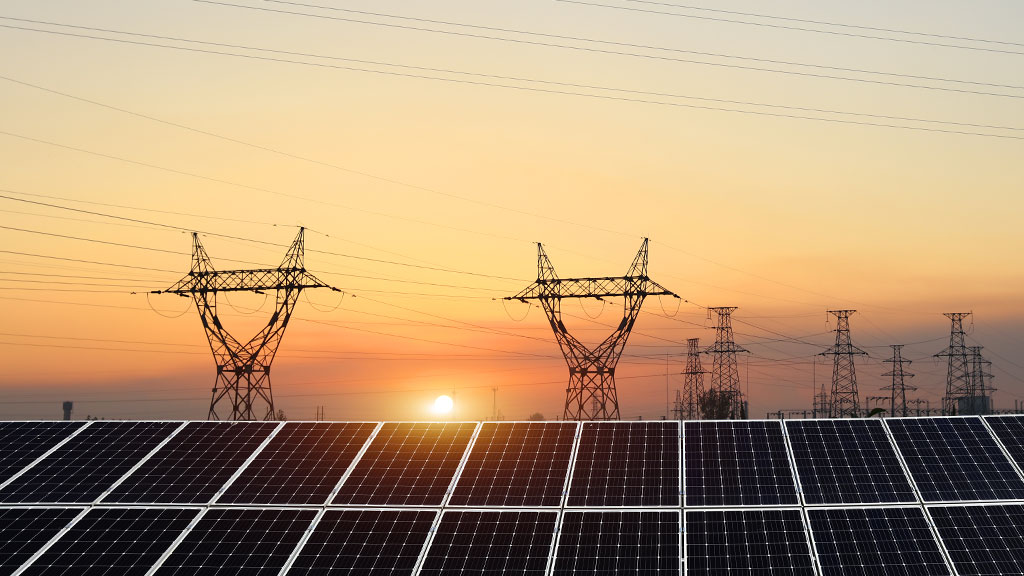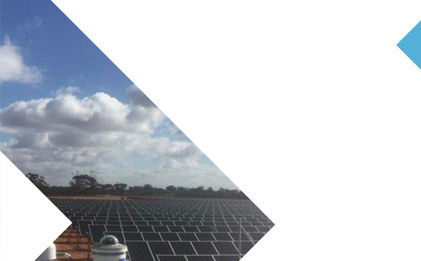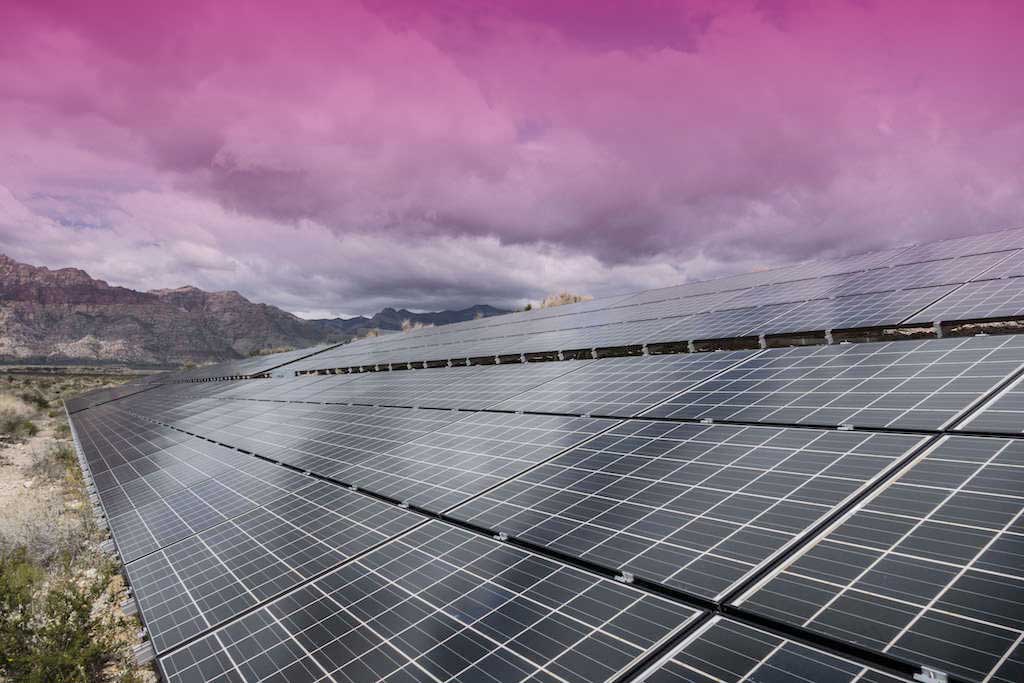Summary
Accurately forecasting the output of grid connected solar systems is critical to increasing the overall penetration of solar and renewables on the electrical network. This is important for the stability and management of the electrical system as a whole.
The electrical output of solar panels is significantly impacted by cloud cover. Clouds can move and form very quickly, and it is important to monitor and predict the impact of cloud cover.
This project will implement a short-term solar forecasting system on five operational solar farms. The farms are spread from far north Queensland to Victoria. These sites represent meteorologically diverse locations that will experience widely varied weather conditions and cloud types over the 18-month project trial period.
The forecasting technology will integrate five state-of-the-art short-term solar forecasting models into a single optimised ensemble model. The purpose of the ensemble model is to capitalise on the strengths of each of the established forecasting technologies to produce an industry best practice forecast.
Technologies range from skyward facing cameras utilising machine vision algorithms to track and predict cloud motion, satellite imaging based cloud motion vector modelling, statistical auto-regression models, numerical weather predictions and detailed power conversion models.
Learn more
Key results
- Fourteen real-time solar power forecasting models were developed, deployed and continuously improved on five solar farms over nine months.
- Individual models’ forecasts were combined into Ensemble models, which improved the overall prediction accuracy.
- IMC were successful in submitting forecasts for 4 of the 5 solar farms to AEMO with all showing significant improvements over the Australian Solar Energy Forecasting System
- Savings from FCAS charges were reduced, on average, by 50% across the included solar farms. This represents 10s of thousands of dollars in savings for the individual solar farms involved.
How the project works
This solar power ensemble project will combine an ensemble of short-term solar irradiance forecasting models and an advanced power conversion model to provide state-of-the-art forecasting accuracy, performance metrics and validation. Deployed models in the ensemble will include:
- Satellite: cloud motion vector based model from UNSW,
- Statistical: an advanced statistical autoregression model from UniSA,
- Numerical Weather Prediction (NWP): a combined Numerical Weather Prediction model from CSIRO Oceans & Atmosphere,
- Skycam: A sky-camera forecasting system from CSIRO Energy,
- Physical PCM: a detailed physics-based power conversion model (PCM) from CSIRO Energy.
Recent scientific literature has shown that ensembles of multiple distinct forecasting models are an effective way of improving accuracy, particularly for short-term solar forecasts. During previous projects, an ensemble of a subset of these models were shown to significantly outperform an existing operational forecasting system at 5-minute intervals, and integration into a unified ensemble model is anticipated to further improve accuracy.
Area of innovation
The combination of these five types of forecast models into a single ensemble is novel and has not been implemented previously. Validation of this ensemble on five large solar farms, in real-world conditions, for a significant trial period, will be a world first. It will represent an international benchmark on the accuracy possible for short-term solar power forecasting.
Benefit
Outcomes from the project will include the development and trial of a commercial multi-model forecasting system utilising the AEMO self-forecasting interface for forecast submission. A scientifically robust validation and quantification of the probabilistic forecast accuracy of each model will be conducted. The financial benefits to the industry on a statistically significant and climatically diverse number of large grid-connected solar farms will be assessed.
Additional impacts
The following knowledge sharing items will be delivered from this project:
- A publicly accessible web dashboard will be developed to help demonstrate the technology and its performance on all trial sites,
- Scientific conference/journal publications will be published detailing the outcome of the forecast validation work and their individual and combined forecast accuracies,
- A de-identified dataset will be made available at the end of the project and released publicly, allowing students, researchers and industry to use and analyse high-quality data collected by this project,
- The consortium will host an industry workshop to showcase the technology developed and present its findings and validation results from the trial sites.
The diverse range of technologies used will be compared and the strengths and weaknesses of each identified. At the completion of the project period a robust commercial ready solar forecasting system will be made available to industry.







